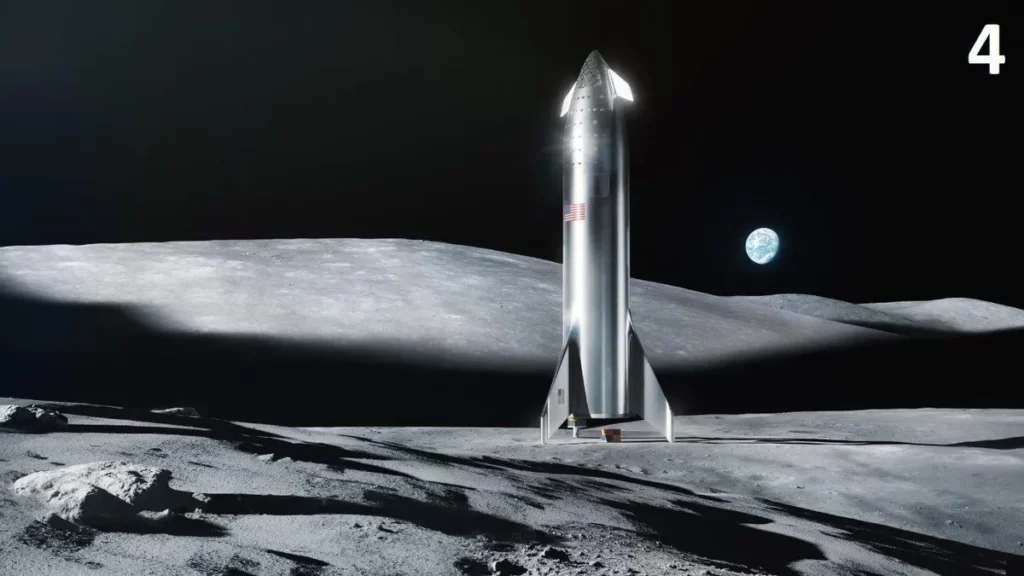Journey to the Moon: Unveiling the Secrets of Rocket Propulsion

Introduction
The Moon has been a celestial object that has captivated human imagination for centuries. From ancient myths to modern scientific endeavors, the Moon has remained a symbol of wonder and curiosity. In the pursuit of expanding our horizons and exploring the unknown, humanity has embarked on a remarkable journey to send rockets to the Moon. In this blog, we will delve into the fascinating world of rocket propulsion and discover how these incredible machines are used to propel spacecraft on their voyage to our closest cosmic neighbor.
The Principles of Rocket Propulsion
At the heart of every rocket’s journey lies the principle of action and reaction, as described by Isaac Newton’s third law of motion. Rocket propulsion is based on expelling mass at high velocities in one direction, which generates an equal and opposite force propelling the rocket in the opposite direction. This fundamental concept is often summarized in the famous equation: F = ma, where F is the force generated, m is the mass expelled, and a is the acceleration.
Components of a Rocket
A typical rocket is composed of several essential components that work harmoniously to achieve liftoff and propel the spacecraft towards its destination. These components include:

Propellant: The propellant is a combination of fuel and oxidizer. When these substances react chemically, they produce a high-speed exhaust that shoots out of the rocket’s engines, creating the thrust necessary for propulsion.
Engine: The rocket engine is the heart of the propulsion system. It consists of a combustion chamber where the propellant is ignited, and a nozzle through which the high-speed exhaust gases escape, accelerating the rocket in the opposite direction.
Payload: The payload encompasses everything the rocket is designed to carry. In the case of a lunar mission, this could include scientific instruments, rovers, landers, and even human astronauts.
Stages: Most rockets are multi-stage vehicles. Each stage contains its own engines and propellant tanks. As each stage burns through its propellant, it is jettisoned to reduce weight and increase efficiency.
The Journey to the Moon
Sending a rocket to the Moon is an intricate process that involves several steps:
Launch: The rocket is launched from Earth’s surface with an initial burst of thrust from its engines. The first stage burns through its propellant and is discarded once its fuel is depleted.
Orbital Insertion: After the first stage is discarded, the second stage ignites and continues the journey. Once a stable Earth orbit is achieved, the rocket enters a coasting phase, during which its trajectory is calculated for a precise lunar encounter.
“Not all those who wander are lost.”
― J.R.R. Tolkien
Trans-Lunar Injection (TLI): This critical maneuver involves firing the rocket’s engines at the right moment and angle to escape Earth’s gravitational influence and head towards the Moon. This phase requires precise calculations to ensure the spacecraft is on the correct trajectory.
Lunar Orbit Insertion: Upon reaching the Moon, the spacecraft fires its engines again to slow down and be captured by the Moon’s gravity, entering into lunar orbit.
Landing or Observation: Depending on the mission objectives, the spacecraft might land on the lunar surface or remain in orbit to observe and collect data. Rovers or landers can be deployed for surface exploration.
Conclusion
The journey of a rocket to the Moon is a remarkable testament to human innovation, determination, and scientific exploration. Rocket propulsion, with its foundations in Newton’s laws of motion, has enabled us to overcome the challenges of Earth’s gravity and venture into the cosmos. As technology advances and space agencies continue to collaborate on lunar missions, we can expect even more exciting discoveries and achievements in the realm of lunar exploration. So, the next time you gaze at the Moon, remember that the human quest for knowledge and adventure has led us to send rockets soaring through the stars and into the embrace of our enigmatic lunar companion.





